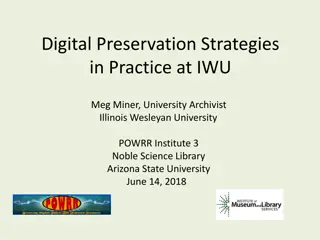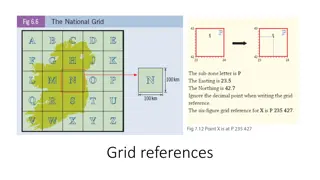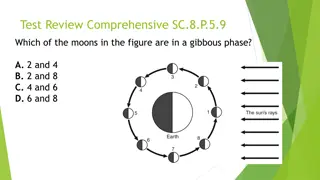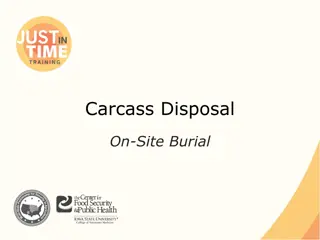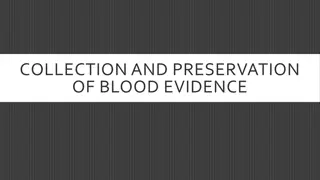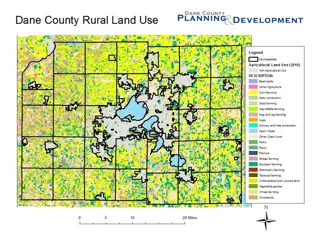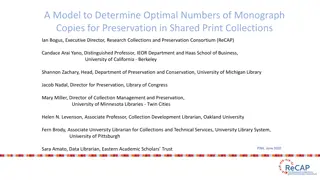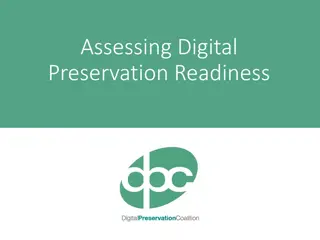Understanding Phases of Archaeological Evaluation for Site Preservation
In historic preservation archaeology, the evaluation process involves distinct phases from background research to data recovery. During a Phase 2 evaluation, archaeologists assess a site's eligibility for listing on the National Register of Historic Places by determining its integrity and potential to yield significant historical information. Key factors include the site's spatial organization, artifact distribution, and intact stratigraphy. By evaluating these elements, experts can ascertain the level of integrity and information retention at a site, crucial for its preservation and recognition.
Download Presentation

Please find below an Image/Link to download the presentation.
The content on the website is provided AS IS for your information and personal use only. It may not be sold, licensed, or shared on other websites without obtaining consent from the author. Download presentation by click this link. If you encounter any issues during the download, it is possible that the publisher has removed the file from their server.
E N D
Presentation Transcript
Evaluation Real Archaeology
Phases in historic preservation archaeology Phase 0 : Background research, predictive modeling Phase 1: Identification=survey Phase 2: Evaluation=test excavations Phase 3: Data recovery ( mitigation ) = research excavations The numbering of the phases is a convention, but is not part of any law or regulations
Evaluation When we perform a Phase 2 evaluation of a site, what are we evaluating?
Answer We are evaluating whether the site is eligible for listing on the National Register of Historic Places How might you do this?
Answer Determine Whether it meets one or more of the National Register criteria Which are? AND, what else?
Integrity! How do you evaluate integrity And how does that help evaluate the NR criterion most commonly applied to archaeological sites?
Information and Integrity So, how do you think you can evaluate whether a site has integrity and has the potential to yield information significant in history or prehistory?
Information and Integrity A site is usually considered to retain information and integrity when: It still retains internal spatial organization, Which means that artifacts and features have maintained some spatial coherence And therefore their contexts are somewhat intact But note, this is not a black and white issue No site has perfect integrity So it is useful to evaluate the degree of integrity
Therefore, In Practice We look for features, which by definition have integrity We look for intact stratigraphy, in contrast to mixed deposits We study the spatial distribution of artifacts to see if they are random or not Randomness is interpreted as no information or integrity
How? Additional testing and data collection through: Excavation of small test pits (common) 1 x 1 m 1 x 2 m Excavation of additional shovel tests (common) Systematic surface collections (common) Coring or augering (uncommon) Geophysical prospection (uncommon) More detailed mapping More detailed artifact analysis Spatial and statistical analysis of artifact distribution
Spatial and statistical analysis What is the null hypothesis if you want to test for spatial structure? What is its underlying logic? (See above)
Null hypothesis That artifacts are randomly distributed, either horizontally or vertically Underlying reasoning: If the distribution is random, it has no structure and therefore carries no information
What tests can be used? For spatial tests in 2 or 3 dimensions, a nearest neighbor analysis will test the null hypothesis that a spatial distribution is random You can also use chi-squared tests of independence to evaluate whether the frequencies of artifacts differ among excavations squares, strata or levels










